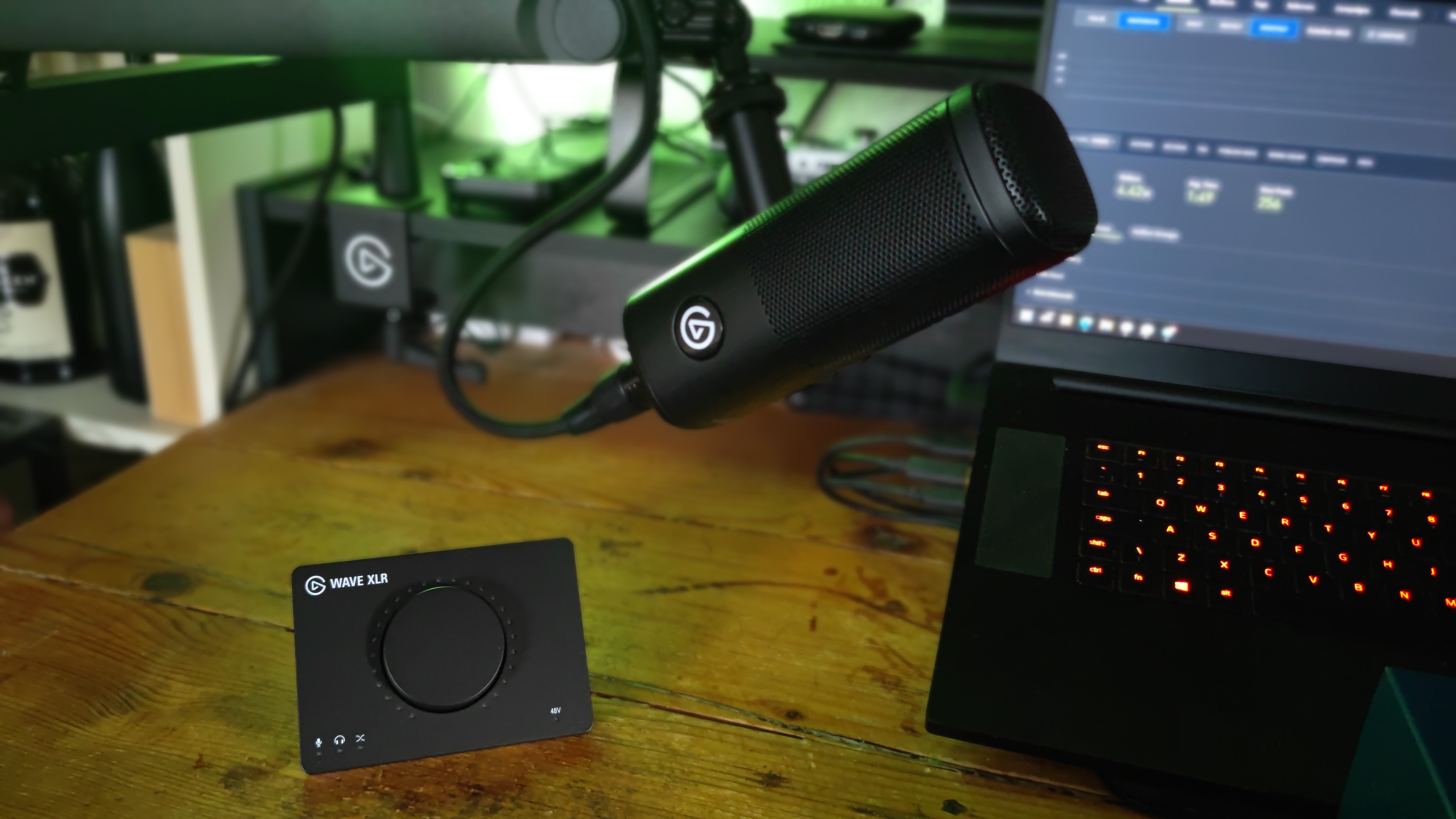Windows Central Verdict
While complex to start with, the Elgato Wave XLR and Elgato Wave DX microphone work in tandem to deliver a superior sound setup for content creators without completely blowing up the bank. This is an ideal kit for those who want to get started with VSTs and boosted sound quality for streaming and other types of content creation.
Pros
- +
High-quality construction and materials, with thoughtful design.
- +
Elgato Wave software is powerful and easy to use.
- +
The Wave XLR interface is brilliantly designed with great features.
- +
The Wave DX mic condenser mic offers great clarity at a relatively affordable price.
Cons
- -
Additional VSTs and EQ tweaks are needed to get the best experience.
- -
Nasal frequencies come through very loud without EQ abuse.
- -
Out-of-the-box onboarding could be better for beginners.
- -
XLR cable is not included.
Why you can trust Windows Central
Elgato is a premier PC accessories manufacturer that has muscled its way aggressively into the streaming space.
For those who are streaming Xbox or PC Games on services like Twitch or YouTube, Elgato practically has a product for every aspect of your setup. Need a green screen? Elgato has one. Game recording? Elgato has some of the best capture cards out there. Webcams? They just announced the world's most powerful, while also creating innovative products like the Stream Deck, that competitors are fighting hard to catch up to.
Now, the firm is getting deeper into microphone tech with its Elgato Wave DX and its Elgato Wave XLR. The "Wave" range incorporates microphone arms, XLR interfacing for PC, and both full XLR microphones and USB-based options for various price points and needs.
The circuitless Wave DX microphone promises distortion-free sound complete with phantom power, and when combined with the Wave XLR interface, we get a sound package that can very rapidly and very easily elevate your broadcasting soundstage.
Here's a look at both the Wave DX and Wave XLR.
Elgato Wave XLR & DX: Price and Availability
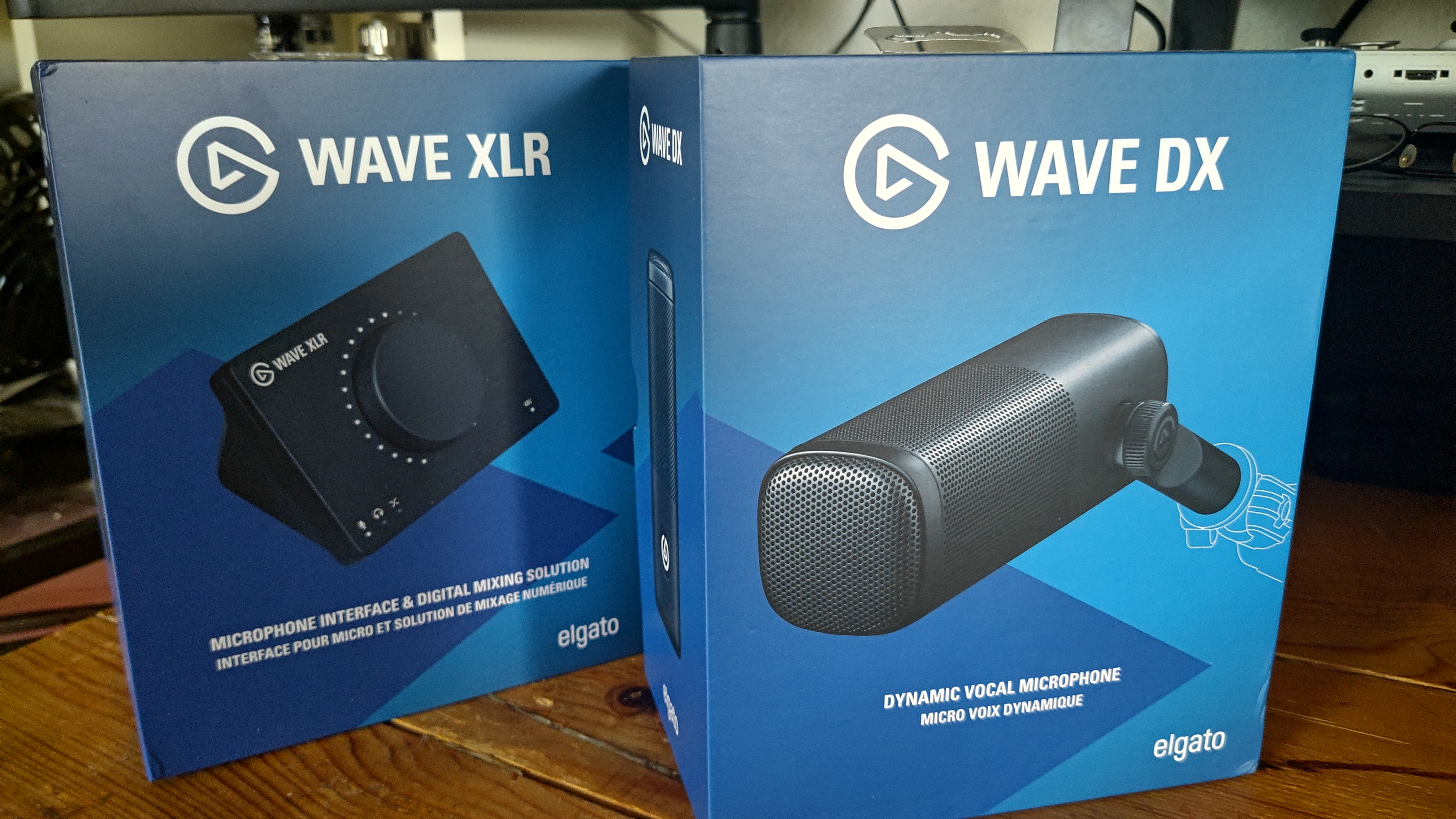
The Elgato Wave XLR controller is available in the U.S. at Amazon, Best Buy, and over on Elgato.com as of writing. However, the Elgato DX microphone is only available in Europe as of writing but should head out to the U.S. by the end of 2022.
- The Elgato Wave XLR audio controller is $180.
- The Elgato Wave DX dynamic mic is $99.
- The Elgato XLR cable is sold separately and costs $25.
- Also in this package, you can grab an Elgato Wave Mic Arm, which costs $100.
Elgato Wave XLR & DX: Pros
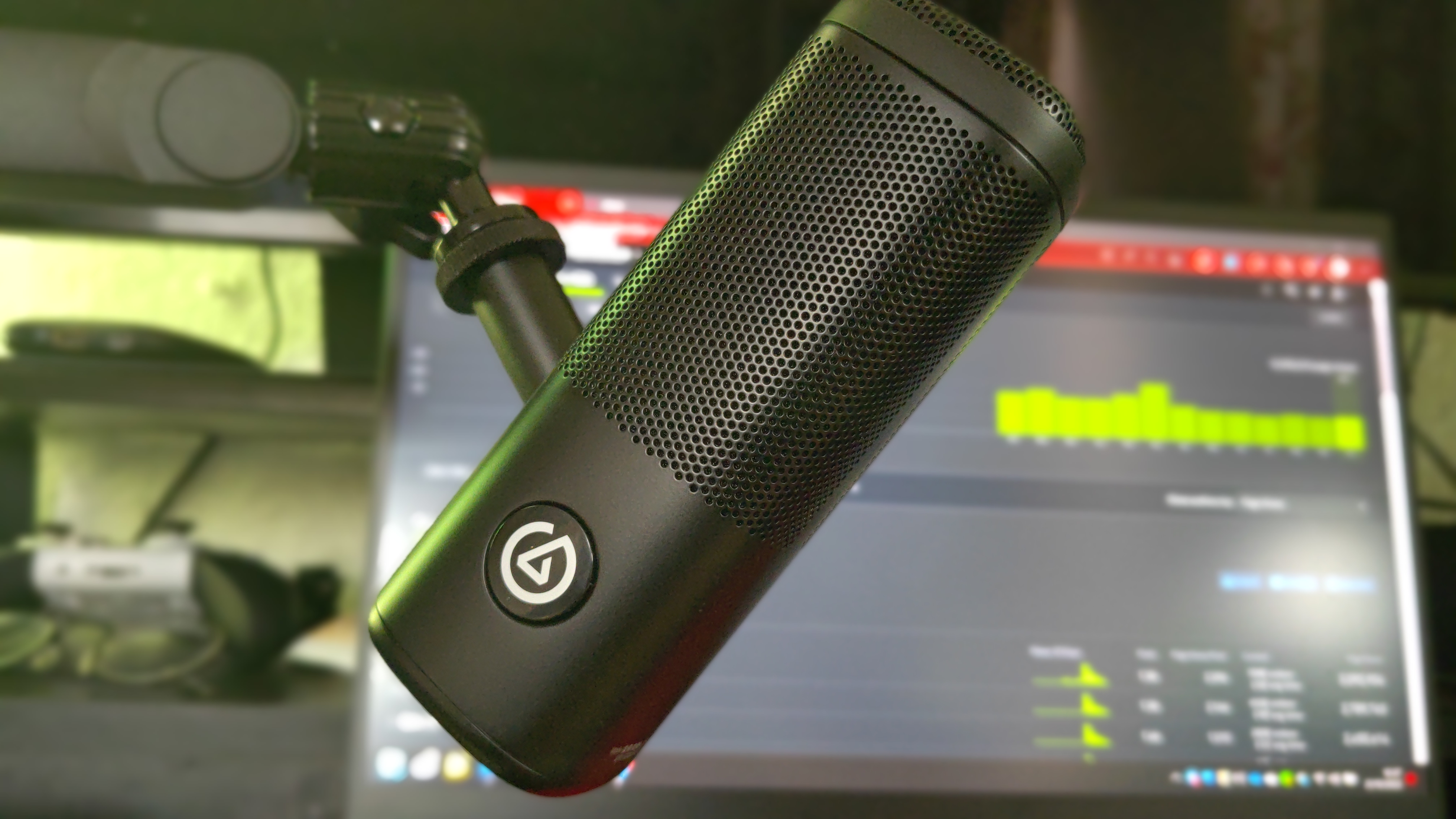
Elgato has a strong legacy of building high-quality products for game streamers and content creators and has branched out to microphones in recent years. I reviewed their previous Wave microphones when they launched and honestly, wasn't too incredibly impressed with them. I have to say the situation has changed a bit with the Wave DX.
The Wave DX is a dynamic condenser microphone that is, like many other XLR microphones, bare bones out of the box. Lack of circuitry ensures minimal interference on audio processing as sound heads into a connected interface. For this review, we're also using Elgato's Wave XLR audio interface to get an idea of how both products work in tandem.
The construction quality on both the Wave DX and Wave XLR is very good. There's minimal give on the microphone's metal body, which sports dual internal pop filtration and front-firing pickup with "forgiving" cardioid pattern recognition. Ideally, you're meant to speak into the end of the microphone, but it functions great even if you're off by 40 degrees or so in either direction.
The mic comes with a couple of mount adapter screws ensuring it can be hooked up to virtually any stand or mic arm, including Elgato's own Wave Mic Arm which includes magnetic enclosure tracks for cabling and various points of articulation. The Wave DX mic mount arm can also be swapped to either side of the chassis, ensuring that you needn't reposition your entire setup if you need to place the mic on either the left or the right. The cable socket is also rigid and stable, and despite the dense-feeling construction, the mic is surprisingly lightweight.
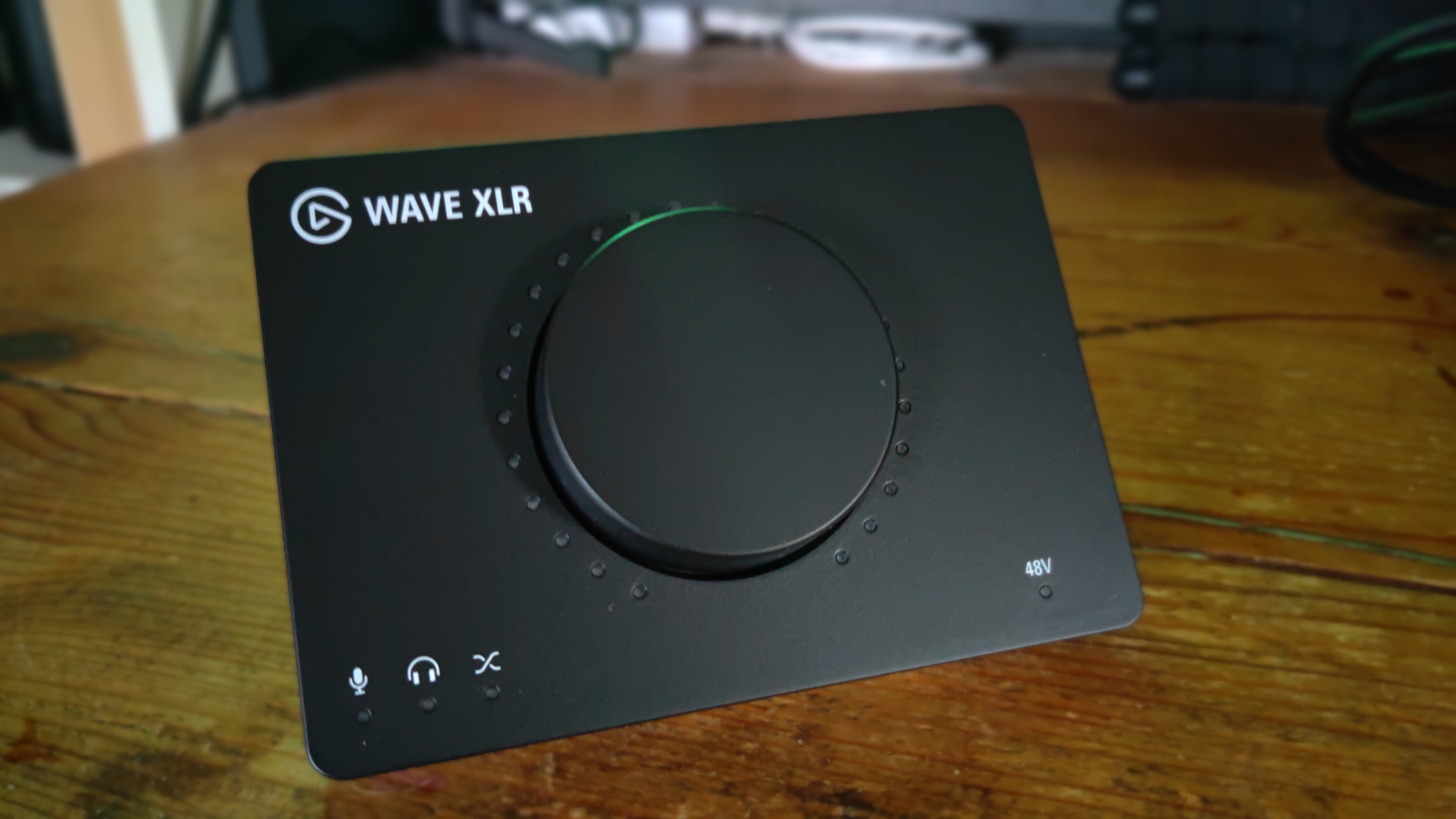
The Wave XLR interface is similarly impressive with its build quality. The large dial has various lights around its edge to signify audio levels, and can even track clipping with a setting tweak. Pressing the dial lets you switch between cross-fade levels, volume, and mic gain. Using the connected Wave Link app, you can configure the lighting colors as well.
The Wave XLR has impressive software with various sound channel tracks that can be configured on the fly for mixing. Rather than using streaming software, you can use the Wave Link to incorporate all of your sound effects and inputs into a single stream which makes everything far easier to manage while broadcasting. There's also a 3.5mm jack on the back for microphone monitoring purposes, as well as standard XLR cable port and USB for connecting to a Windows PC.
Additionally (and crucially; more on that in a minute), the Wave XLR also lets you import VSTs (virtual studio technology) from other sources. With recommendations on Elgato's website, you can feed in noise reduction, EQ settings, and other post-processing techniques to elevate the soundscape even further.
The Wave DX sounds decent enough by itself out of the box, with clear voice reproduction with minimal fuss. I wasn't able to detect any glitches or distortion through regular use, and the capacitive mute on the Wave XLR interface made it easy to go incognito without having to touch the microphone itself.
While generally speaking there's a lot to love about this $99 mic, there are a few things you should know before dropping your cash on it.
Elgato Wave XLR & DX: Cons
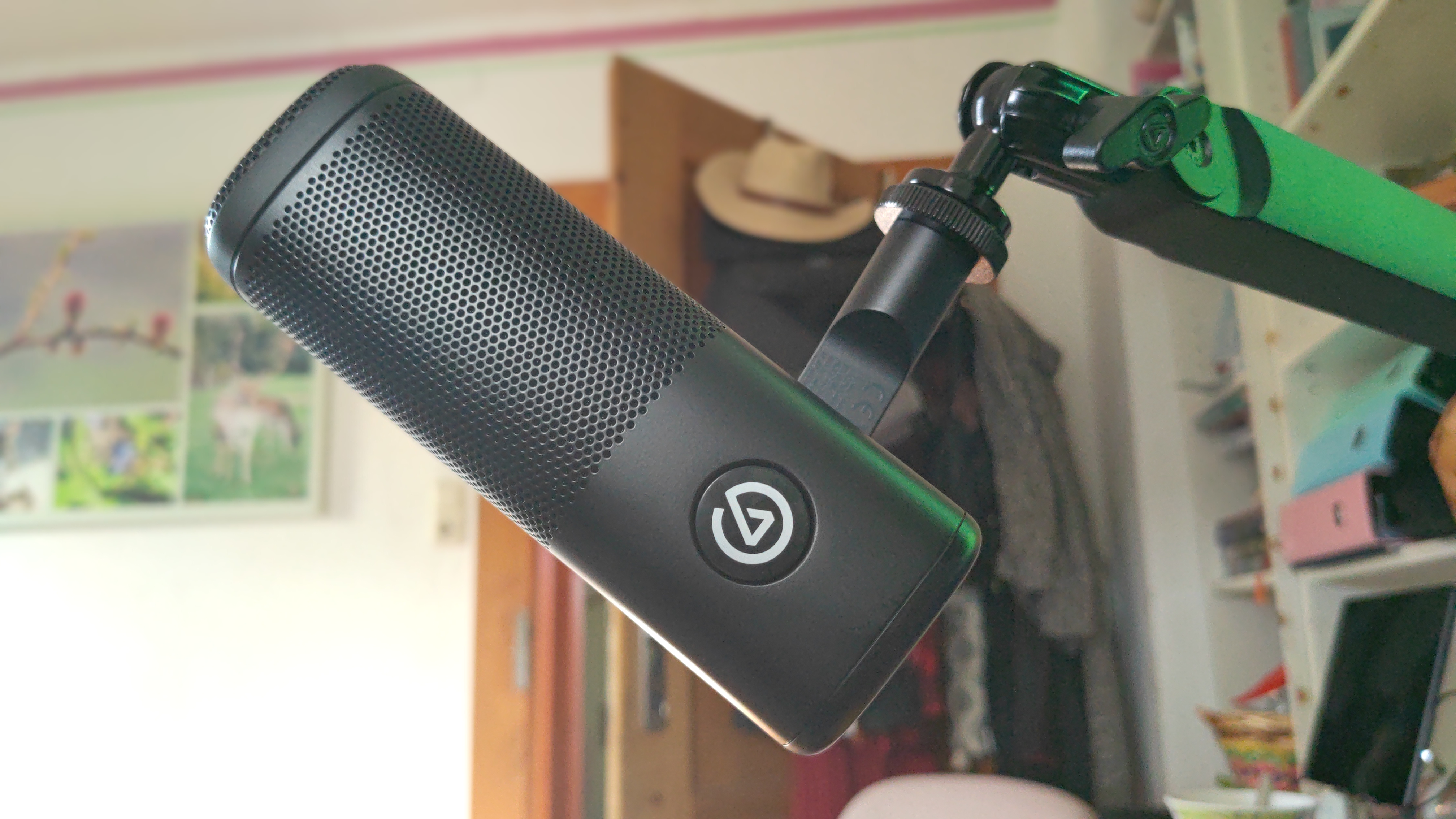
While the Elgato DX mic does sound pretty good right out of the box, there are some notable downsides to the audio profile. As a podcaster, I had live viewers complain about the mic, saying that sniffles and breaths had become more accentuated since I switched across from my Samson mic.
To remedy this, I installed some of Elgato's VSTs that they provide on their website. The Elgato Noise Gate and Elgato EQ interfaces are very good, and remedied my issue with the breathiness of the sound reproduction. The noise gate also eliminated the sound from my open window and the noisy road outside during periods of silence with my cohost, which also came in handy. You can hear some of the samples of VSTs on, and VSTs off down below here.
However, since I set up the VSTs, I got a strange window scaling bug with the Elgato Wave software which I have as of yet been unable to fix. Elements are broken, and the VST plugins no longer scale correctly. There's a setting in the Elgato Wave Link software to auto-scale VST windows, but toggling it on or off doesn't actually seem to do anything.
As I was writing this, I discovered a workaround: you can minimize and maximize the VST window to repair the plugin scaling, but it does illustrate that there are some bugs with the software delivery that could probably be repaired fairly easily. Elgato is generally quite diligent with offering over-the-air updates for their products. My Elgato Stream Deck and capture software have received tons of improvements over the years, and I suspect the Wave XLR will be no different.
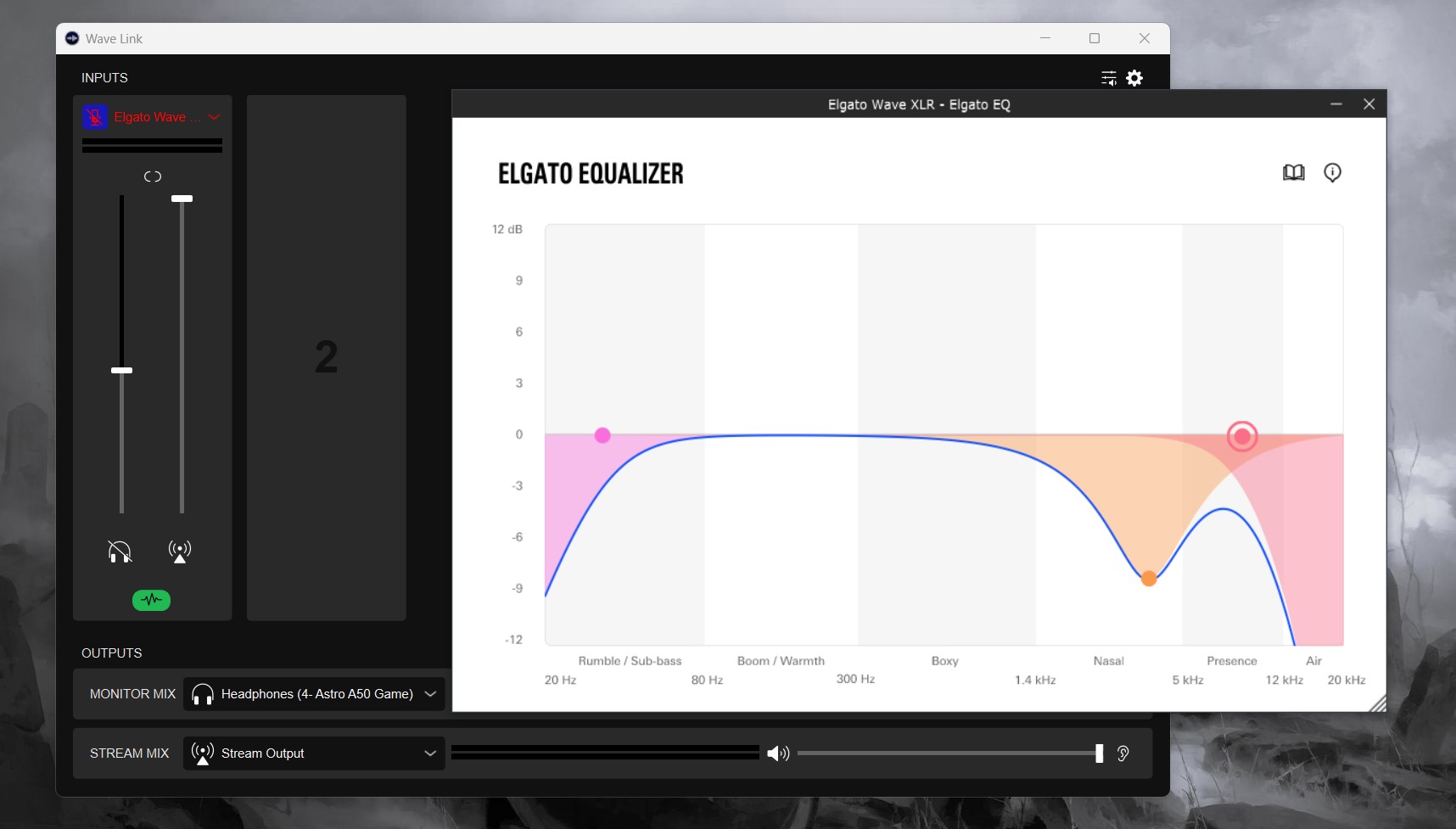
So, the main downside of this whole set up is that if you're someone looking for an instant and easy microphone experience out of the box, this probably isn't it. It took a fair bit of tweaking EQ to get the Elgato to play nice with my vocal style, and that's without getting really into it with Reaper VSTs and stuff like that. If you just want a good USB microphone, there are plenty of easier options to gun for.
However, if you are willing to spend time making the necessary configurations, the combo of Wave XLR and Wave DX is a great one that is well worth consideration.
Elgato Wave XLR & DX: Competition
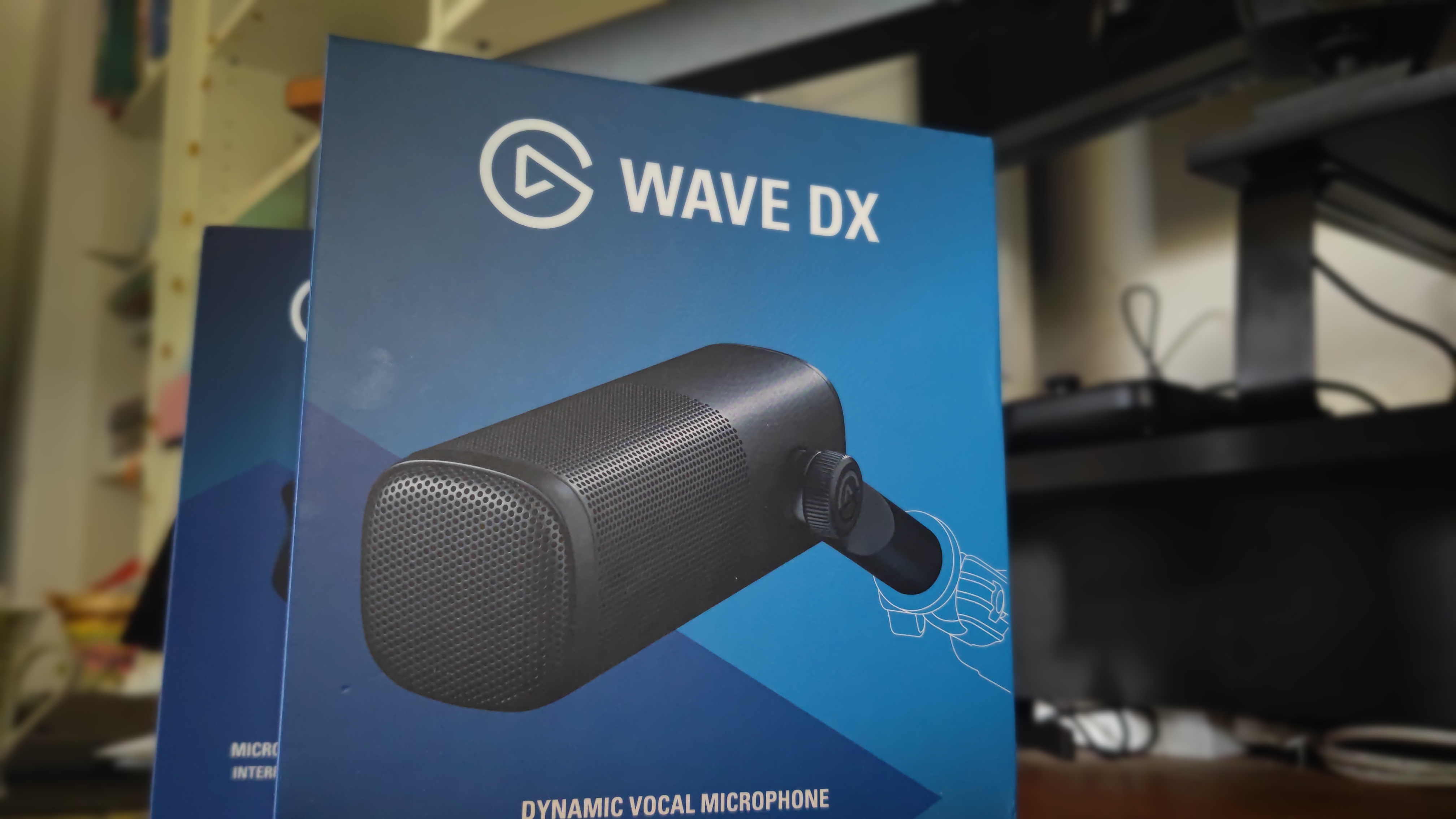
The Elgato Wave XLR is a great USB interface that really punches above its weight and plays nicely with other Elgato products, such as the Stream Deck. In that space, it's quite unique. With regards to the Wave DX mic, though, the competition gets a little bit more interesting.
The Wave DX competes with many of the best microphone options out there, but its $99 price point is particularly attractive. At the premium XLR end, there's stuff like HyperX's ProCast XLR. At the more affordable end, there are microphones like the Samson Q2U on Amazon, which often come in a bit cheaper than this. The Wave DX I would argue competes nicely in the $99 bracket, although you may want to shop around before settling.
Elgato Wave XLR & DX: Should you buy it?
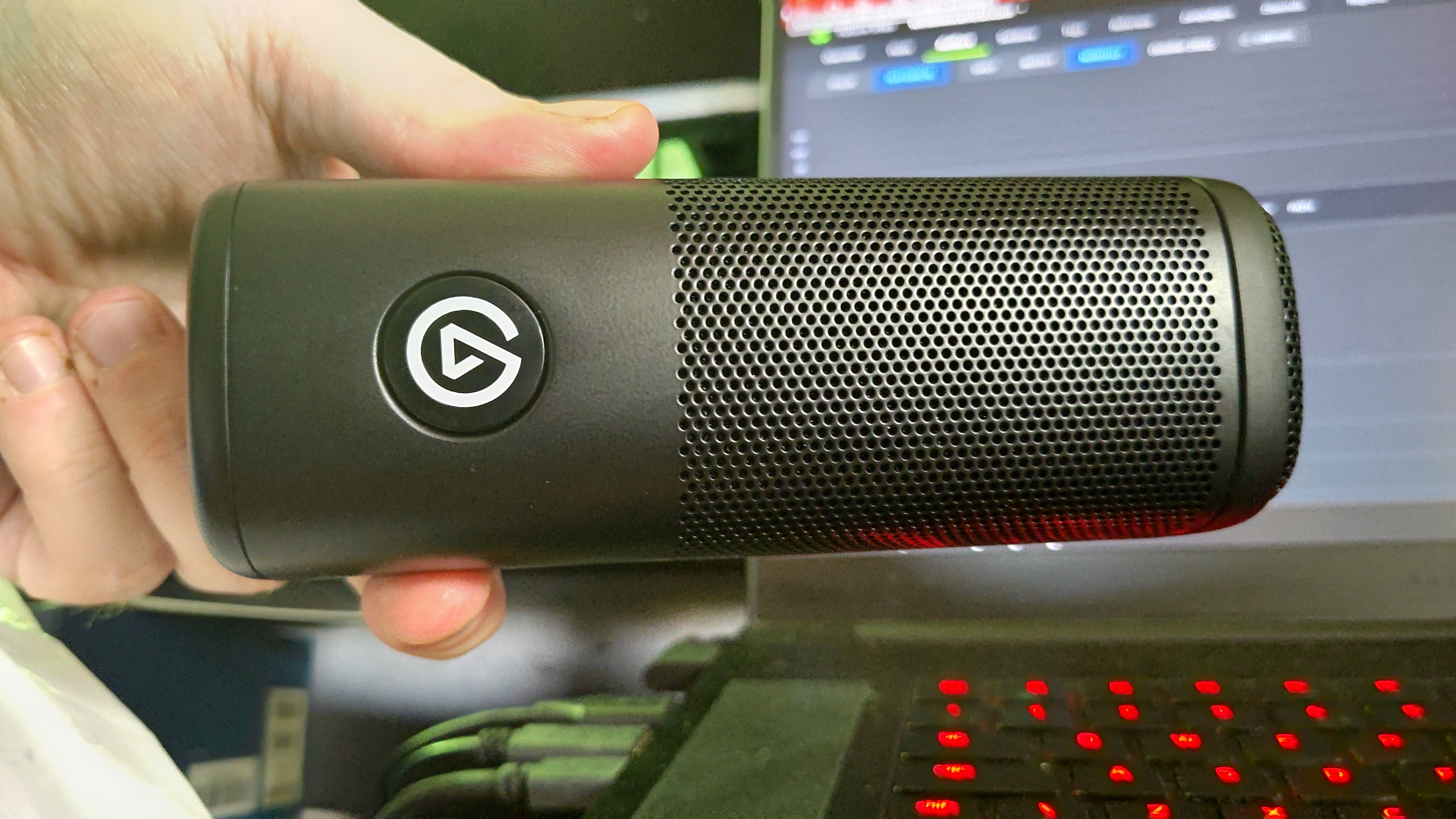
All things considered, the Wave DX mic and the Wave XLR from Elgato are a great tag-team that elevates broadcast sound input quality on any Windows PC. Whether you want to get better sound for pro-grade meetings or create content, both of these products will serve you extremely well.
The Wave DX does require some tweaks and investment in VST plugins to get the most out of it, but the Wave XLR and its Wave Link software make the process easy to pick up even if you're a beginner. The Wave Link software could use some improvements, but it's a great tool and straightforward to use.
You should buy this if:
- You're invested in the Elgato ecosystem already, including products like the Stream Deck.
- You want to fit an XLR microphone into your set up without breaking the bank.
- You have an existing XLR microphone and need a good sound interface to pair it with.
You should not buy this if:
- You don't want to deal with VSTs and additional configuration.
The Wave DX has a lot of competition in the $99 XLR mic bracket, but for those who are invested in the Elgato ecosystem and want something that is robust and looks great on camera, what Elgato is offering here is rock solid.
The Wave XLR makes snap adjustments to your sound stage very easy on the fly, without having to dive into your streaming software. And yes, there is some set up to get everything where you'll want it to be, but once you're all good to go, it's hard to deny how much easier the Elgato Wave DX and Wave XLR have made my content creation life.

Jez Corden is the Executive Editor at Windows Central, focusing primarily on all things Xbox and gaming. Jez is known for breaking exclusive news and analysis as relates to the Microsoft ecosystem while being powered by tea. Follow on Twitter (X) and Threads, and listen to his XB2 Podcast, all about, you guessed it, Xbox!
